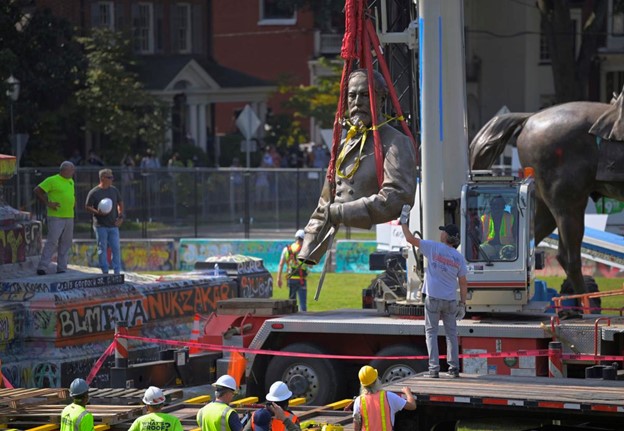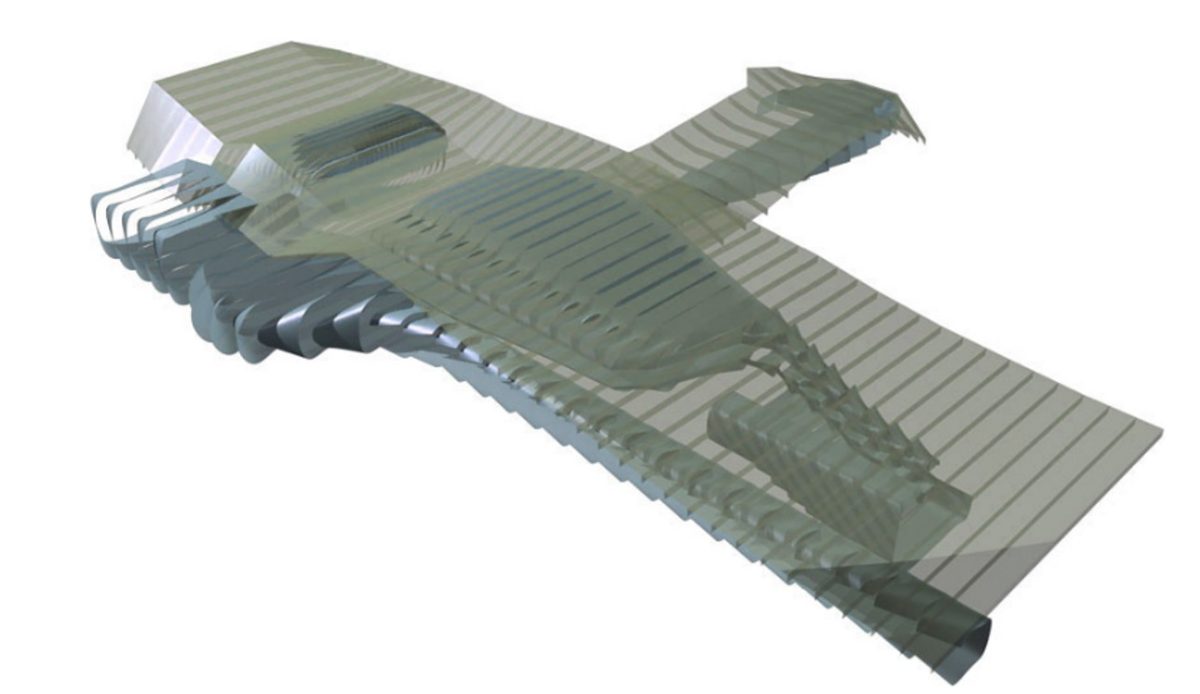By Sean Stewart ’19, Contributor
The Dakota Access Pipeline is an oil pipeline proposed by Energy Transfer to move a projected 470,000 barrels of American produced crude oil from North Dakota to Illinois per day. The benefits of this pipeline are clear: oil can be moved in mass volumes from a relatively unexploited oil reserve in the fastest possible manner which would boost the American oil market, and make our market more independent from overseas sources. The downsides of this pipeline that crosses 1,172 miles of land are also very plain. It will, of course, cut across numerous miles of farmland which reduces usable land for farmers, and pays them only for the cost of their land, and not for the revenue they generate off the land annually.
There is another, unforeseen problem with the proposed pipeline: The pipeline briefly crosses Native American tribal grounds belonging to the Standing Rock Sioux. The reservation straddles the border between North and South Dakota, and the northern section of their land is in the way of the proposed pipeline. Furthermore, the Sioux claim that this particular area is sacred to them and their ancestry.
There are strong pros and cons for either side of the pipeline argument. On one side there is billions of dollars in yearly revenue for the American economy, four thousand temporary construction jobs, fifty-five million additional tax dollars per year, and a step towards American economic independence. On the other hand, this is the land and rights of thousands of people who depend on this area for revenue and livelihood. This is one of the many dilemmas facing congress in the months to come: to accept or refuse the proposition of the Dakota Access Pipeline.
Sources:
http://www.daplpipelinefacts.com/
http://www.agweb.com/article/pipeline-pros-and-cons-naa-betsy-jibben/
http://standingrock.org/news/dakota-access-pipeline-legal-connect/














